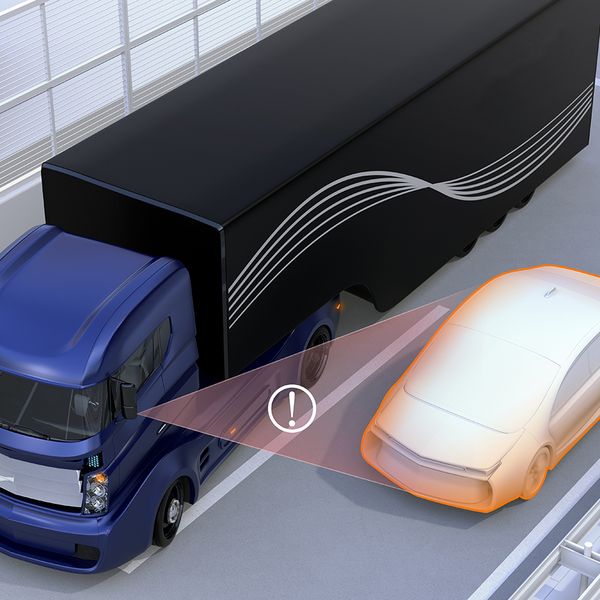NHTSA Final Rule: Federal Motor Vehicle Safety Standards; Automatic Emergency Braking Systems for Light Vehicles
This document grants parts of petitions for reconsideration of a May 9, 2024, final rule that adopted Federal Motor Vehicle Safety Standard (FMVSS) No. 127, “Automatic Emergency Braking for Light Vehicles,” which requires automatic emergency braking (AEB), pedestrian automatic emergency braking (PAEB), and forward collision warning (FCW) systems on all new light vehicles. This final rule clarifies requirements applicable to FCW visual signals and audio signals, corrects an error in the test scenario for obstructed pedestrian crossing the road, and removes superfluous language from the performance test requirement for lead vehicle AEB. This notice denies other requests in the petitions. This document also denies a petition for reconsideration, which is treated as a petition for rulemaking because it was received more than 45 days after publication of the rule.
DATES:
Effective: March 20, 2025.
Compliance date: Compliance with FMVSS No. 127 and related regulations, as amended in this rule, is required for all vehicles by September 1, 2029. However, vehicles produced by small-volume manufacturers, final-stage manufacturers, and alterers must be equipped with a compliant AEB system by September 1, 2030.
Petitions for reconsideration: Petitions for reconsideration of this final action must be received not later than January 10, 2025.
Published in the Federal Register November 26, 2024, page 93199.
View final rule.
| §571.127 Standard No. 127; Automatic emergency braking systems for light vehicles. | ||
| S4: Definition of “masked threshold” | Removed | View text |
| S5.1.1(a)(3) and (4) | Revised | View text |
| S5.1.1(b)(1) | Revised | View text |
| S5.1.3 | Revised | View text |
| S8.3.3(g). | Revised | View text |
Previous Text
§571.127 Standard No. 127; Automatic emergency braking systems for light vehicles.
* * * *
(a)(3) The auditory signal must have a minimum intensity of 15-30 dB above the masked threshold.
(4) In-vehicle audio that is not related to a safety purpose or safety system (i.e., entertainment and other audio content not related to or essential for safe performance of the driving task) must be muted, or reduced in volume to within 5 dB of the masked threshold during presentation of the FCW auditory signal.
* * * *
(b)(1) The visual signal must be located within an ellipse that extends 18 degrees vertically and 10 degrees horizontally of the driver forward line of sight based on the forward-looking eye midpoint (M f) as described in S14.1.5. of §571.111.
* * * *
S5.1.3. Performance test requirements. The vehicle must provide a forward collision warning and subsequently apply the service brakes automatically when a collision with a lead vehicle is imminent such that the subject vehicle does not collide with the lead vehicle when tested using the procedures in S7 under the conditions specified in S6. The forward collision warning is not required if adaptive cruise control is engaged.
* * * *
(g) Two vehicle test devices are secured in stationary positions parallel to the intended travel path. The two vehicle test devices face the same direction as the intended travel path. One vehicle test device is directly behind the other separated by 1.0 ± 0.1 m. The frontmost plane of the vehicle test device furthermost from the subject vehicle is located 1.0 ± 0.1 m from the parallel contact plane (to the subject vehicle's frontmost plane) on the pedestrian test mannequin. The left side of each vehicle test device is 1.0 ± 0.1 m to the right of the vertical plane parallel to the intended travel path and tangent with the right outermost point of the subject vehicle when the subject vehicle is in the intended travel path.


















































